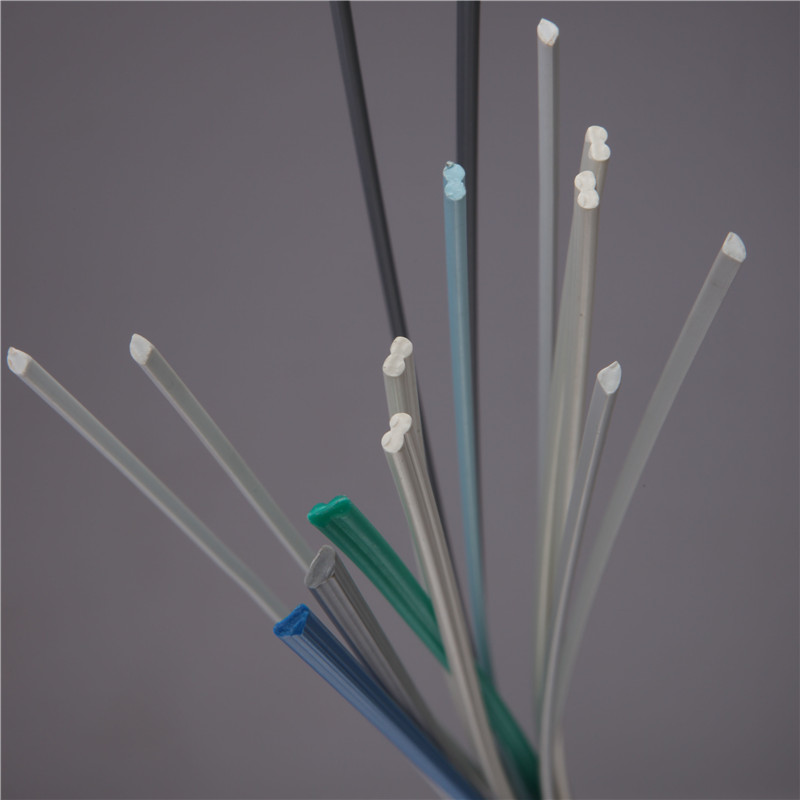des . 15, 2024 05:20 Back to list
hdpe sewer pipe
Understanding HDPE Sewer Pipes Benefits and Applications
High-Density Polyethylene (HDPE) sewer pipes have become a prominent choice in the construction and plumbing sectors due to their unique properties and advantages over traditional materials. As urban infrastructure continues to evolve, understanding the benefits and applications of HDPE sewer piping can provide valuable insights for engineers, contractors, and municipal planners.
HDPE is a thermoplastic polymer known for its high strength-to-density ratio. This makes it remarkably durable and resistant to many environmental factors like corrosion, chemical abrasion, and UV radiation. Traditional materials, such as concrete or PVC, have certain vulnerabilities that HDPE pipes effectively mitigate. For instance, concrete can deteriorate over time due to moisture infiltration and chemical reactions with sewage, while PVC is susceptible to cracking under stress. In contrast, HDPE’s resistance to such damage makes it a longer-lasting option, thus reducing the frequency and cost of repairs.
Understanding HDPE Sewer Pipes Benefits and Applications
Additionally, HDPE sewer pipes are lightweight compared to their concrete counterparts. This lightness translates to easier handling and transportation, not only lowering labor costs but also increasing efficiency during installation. The ease of cutting and joining HDPE pipes further enhances their application in tight spaces or complicated configurations common in urban settings.
hdpe sewer pipe

The installation process for HDPE sewer pipes is also recognized for its efficiency. These pipes can be welded together through a technique known as heat fusion, which creates a continuous and leak-free joint. This method eliminates the need for fittings that can become weak points in traditional plumbing systems, significantly improving the overall reliability of the sewer network.
From an environmental perspective, HDPE pipes have advantages that resonate with today’s sustainability goals. They are fully recyclable and can be reused or repurposed at the end of their life cycle. Additionally, since they are produced from petroleum-based products and are lightweight, their production and installation require less energy compared to heavier materials. This not only reduces the carbon footprint associated with transportation and installation but also aligns with green building practices that many jurisdictions are adopting.
The applications of HDPE sewer pipes extend beyond municipal sewer systems. They are increasingly used in residential and commercial plumbing, stormwater management, and even industrial waste management systems. Their versatility makes them suitable for various installations, from gravity-fed sewer lines to pressurized systems.
In summary, HDPE sewer pipes represent a significant advancement in plumbing technology, offering a combination of durability, flexibility, and ease of installation that traditional materials cannot match. Their resistance to corrosion and environmental damage, lightweight nature, and the environmentally friendly aspect make them an appealing choice for modern infrastructure projects. As we continue to seek efficient and sustainable solutions to meet growing urban demands, the adoption of HDPE technology in sewer systems will likely increase, leading to enhanced reliability and performance in waste management. The future of urban planning and infrastructure development could be more efficient with the integration of HDPE sewer pipes into our systems.
-
High-Precision PVC Rigid Sheets for Vacuum Forming | AI-Optimized
NewsAug.05,2025
-
Durable PVC-M Water Supply Pipes | 60-Year Life
NewsAug.04,2025
-
Premium HDPE Water Supply Pipes: Durable & Leak-Proof
NewsAug.03,2025
-
Premium PVC-M Water Supply Pipe - Durable & Efficient
NewsAug.02,2025
-
HDPE Drainage & Irrigation Pipe - Durable, Efficient Solutions
NewsAug.01,2025
-
Premium PVC Transparent Pipe: Durable & Clear Solutions
NewsJul.31,2025

